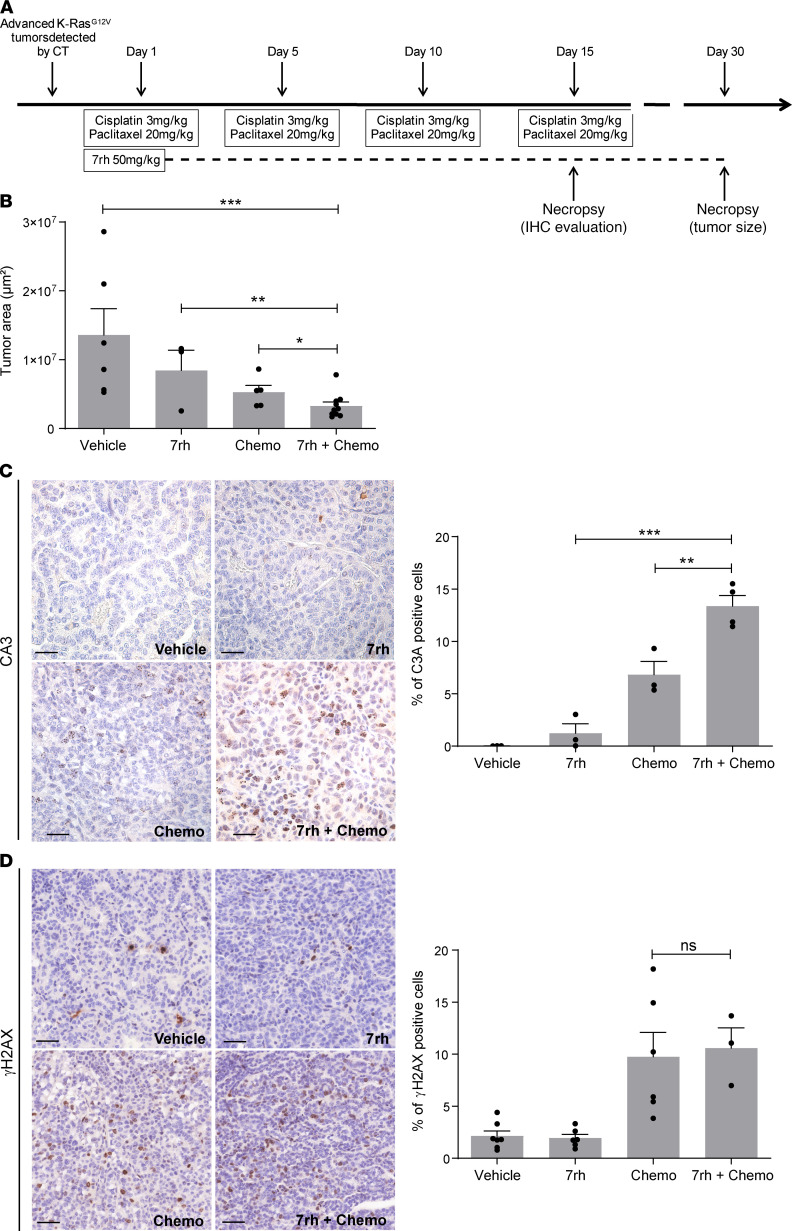Figure 4. Treatment with a DDR1 specific inhibitor enhances the efficacy of chemotherapy (chemo) in endogenous KRasG12V-driven lung adenocarcinoma.
(A) Schematic representation of the in vivo protocol used in KRasLSLG12Vgeo mice. (B) Tumor area was calculated on sections obtained from KRasG12V tumors (n = 3–10 tumors per group) following the indicated treatments. Data were analyzed using 1-way ANOVA followed by Bonferroni’s multiple comparison test. *P < 0.05, **P < 0.01, ***P < 0.001. Data are shown as the mean ± SEM. (C) Left: representative immunostaining of the apoptotic marker active caspase-3 (C3A) in sections obtained from KRasG12V tumors (n = 6 mice per group) following the indicated treatments. Scale bar: 50 μm. Right: quantification of C3A+ cells. Data were analyzed using 1-way ANOVA followed by Bonferroni’s multiple comparison test. **P < 0.01, ***P < 0.001. Data are shown as the mean ± SEM. (D) Left: representative immunostaining of the DNA damage marker phosphorylated γ-Histone H2AX (γH2AX) in sections of KRasG12V tumors (n = 6 mice per group) following the indicated treatments. Scale bar: 50 μm. Right: quantification of γH2AX+ cells. Data were analyzed using 1-way ANOVA followed by Bonferroni’s multiple comparison test. P value ns, nonsignificant. Data are shown as the mean ± SEM.

